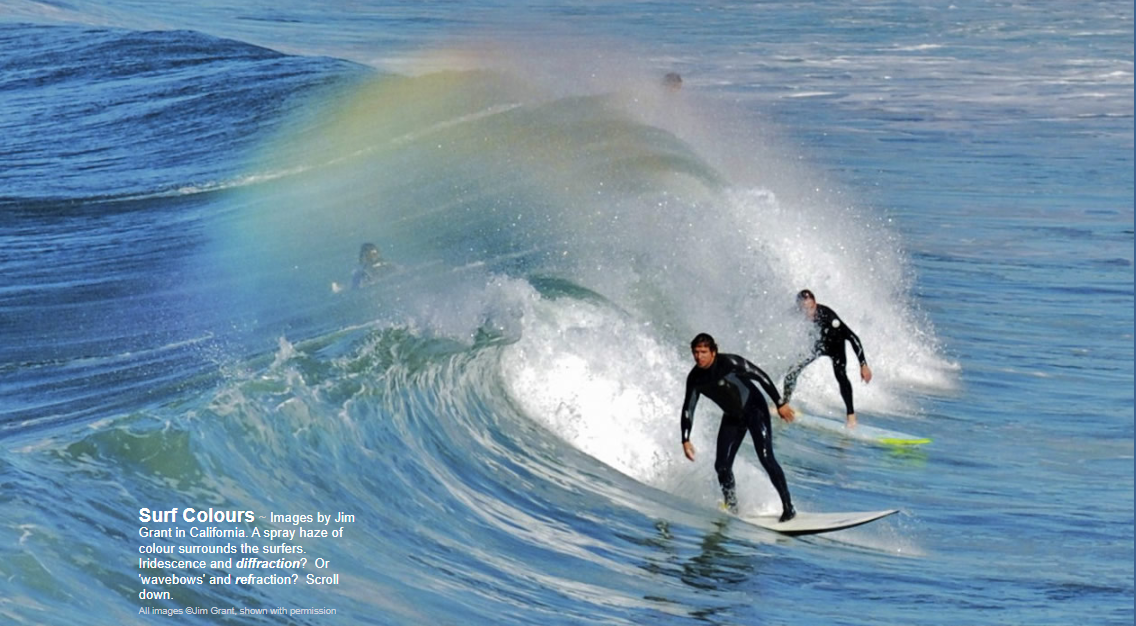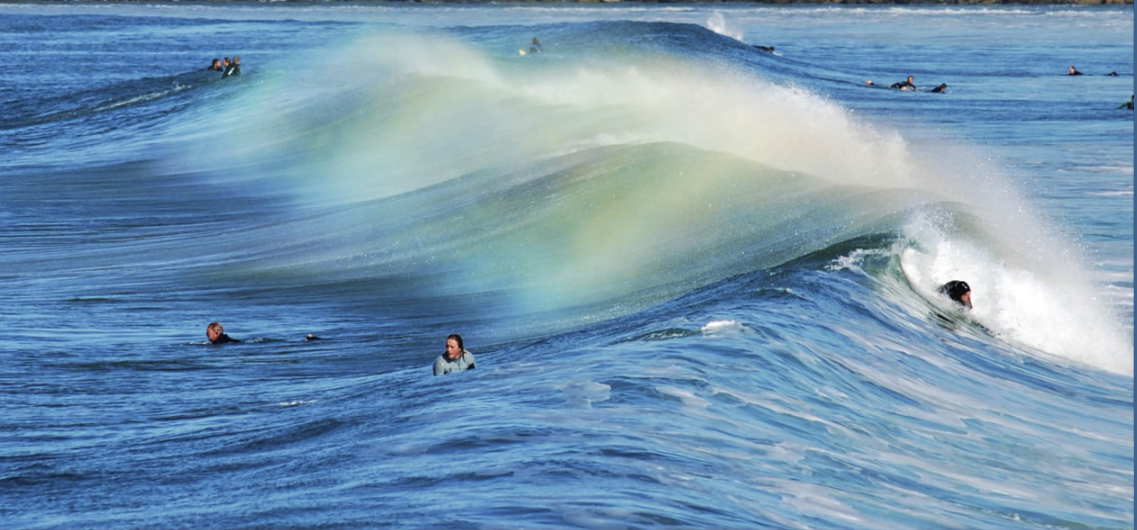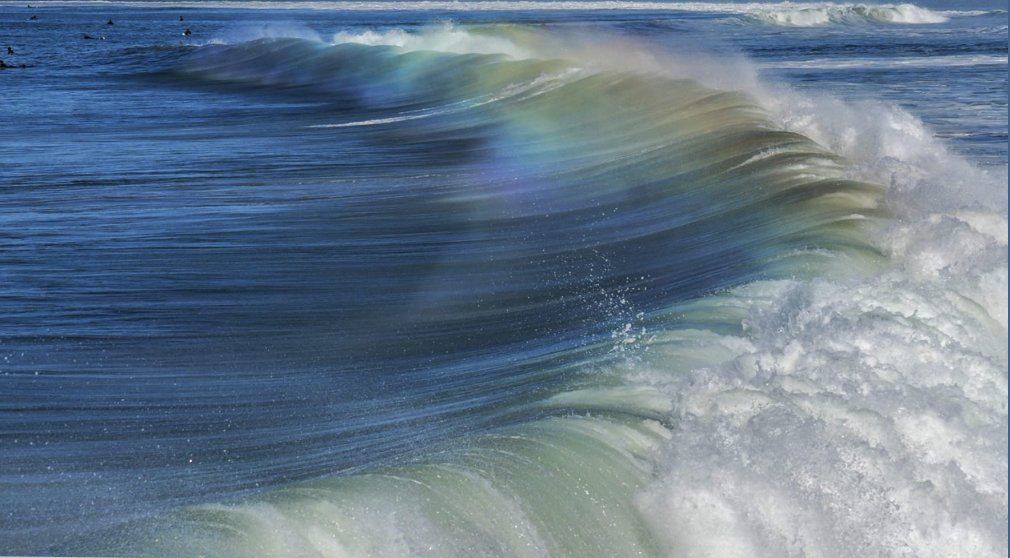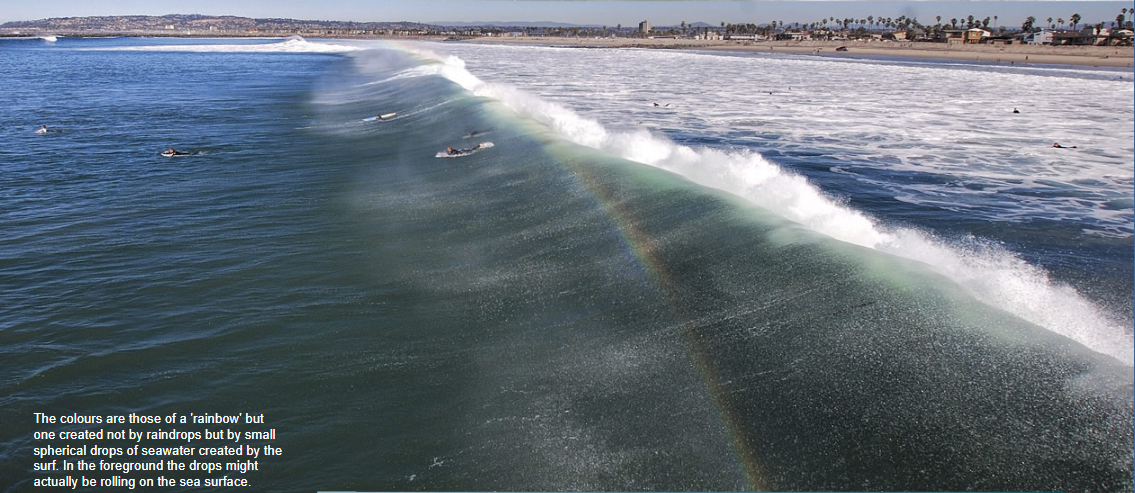XXXX - OPOD
Surf Colours: Exploring the Spectacular Optics of Sea Bows
When we think of rainbows, we typically envision them appearing after a rainfall. However, there is another type of rainbow that occurs over the sea known as a "sea bow" or "surf bow." These stunning displays of color are not created by raindrops, but rather by small spherical drops of seawater created by the surf. In this article, we will delve into the fascinating world of sea bows and explore the optical phenomena that give rise to their mesmerizing hues.
At first glance, the colors of a sea bow resemble those of a traditional rainbow. However, there are subtle differences that set them apart. Due to the smaller size of the water droplets in the air, diffraction effects become noticeable. This means that the colors of the sea bow are less saturated and the bow itself appears wider compared to a typical rainbow formed by raindrops.
One notable distinction between sea bows and rainbows lies in their respective sizes. Sea bows have a slightly smaller radius than rainbows due to the greater refractive index of seawater. This means that light bends more as it passes through seawater compared to pure rainwater. The difference in size between a sea bow and a rainbow is often imperceptible unless they are seen side by side.
To better understand this phenomenon, let's take a closer look at the optical processes at play. When sunlight interacts with water droplets in the air, it undergoes refraction and dispersion. Refraction refers to the bending of light as it passes from one medium to another, while dispersion is the separation of light into its constituent colors. Both of these processes contribute to the formation of rainbows and sea bows.
As sunlight passes through the small spherical drops of seawater in the surf, it is refracted and dispersed just like in a traditional rainbow. The different colors of light bend at slightly different angles, resulting in the characteristic arc shape. However, due to the diffraction effects mentioned earlier, the colors appear less vibrant and the bow appears wider.
It's worth noting that the presence of sea spray can also contribute to the formation of sea bows. When waves crash and produce spray droplets, these droplets can also refract and disperse sunlight, creating additional bows. In some cases, a sea bow and a traditional rainbow may be seen together, showcasing the unique interplay between rainwater and seawater optics.
To capture the beauty of sea bows, photographers like Jim Grant and J Dijkema have ventured to coastal areas, capturing these ethereal displays through their lenses. Their images allow us to appreciate the intricate play of light and water that gives rise to these captivating optical phenomena.
In conclusion, sea bows are a captivating manifestation of the optical properties of seawater. Created by small spherical drops of seawater in the surf, these bows exhibit diffraction effects that result in less saturated colors and a wider appearance compared to rainbows. The greater refractive index of seawater contributes to their slightly smaller size. By exploring the fascinating world of sea bows, we gain a deeper appreciation for the diverse ways in which light interacts with our natural environment, creating awe-inspiring displays for us to marvel at.

Surf Colours ~ Images by Jim Grant in California. A spray haze of colour surrounds the surfers. Iridescence and diffraction? Or 'wavebows' and refraction? Scroll down.
All images ©Jim Grant, shown with permission



The colours are those of a 'rainbow' but one created not by raindrops but by small spherical drops of seawater created by the surf. In the foreground the drops might actually be rolling on the sea surface.
Refraction therefore? Not entirely, when drops are small diffraction effects become noticeable in that the colours become less saturated and the bow also starts to widen.

Bows created by seawater have a slightly smaller radius than those from the purer water of raindrops. Sea water has a greater refractive index.
The difference is not noticeable unless a sea bow and rainbow are seen together.
This classic image was taken by J Dijkema while at sea in the Pacific. The lower (smaller) bow is from nearby sea spray. The upper (larger) bow is from rain.
Image ©Dijkema/Konnen shown with permission.
Note: this article has been automatically converted from the old site and may not appear as intended. You can find the original article here.
Reference Atmospheric Optics
If you use any of the definitions, information, or data presented on Atmospheric Optics, please copy the link or reference below to properly credit us as the reference source. Thank you!
-
<a href="https://atoptics.co.uk/blog/xxxx-opod-4/">XXXX - OPOD</a>
-
"XXXX - OPOD". Atmospheric Optics. Accessed on November 26, 2024. https://atoptics.co.uk/blog/xxxx-opod-4/.
-
"XXXX - OPOD". Atmospheric Optics, https://atoptics.co.uk/blog/xxxx-opod-4/. Accessed 26 November, 2024
-
XXXX - OPOD. Atmospheric Optics. Retrieved from https://atoptics.co.uk/blog/xxxx-opod-4/.